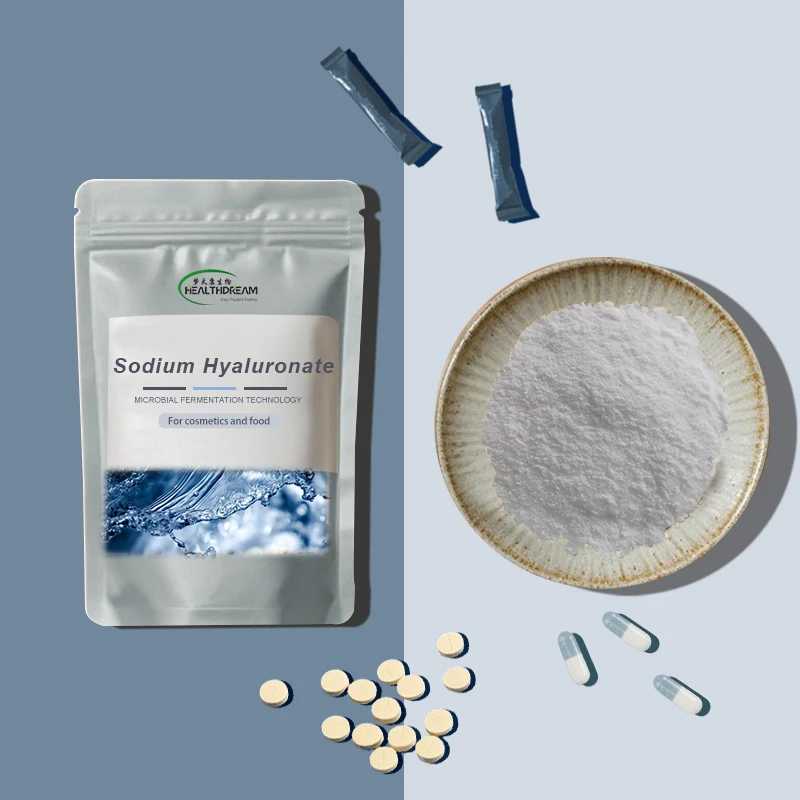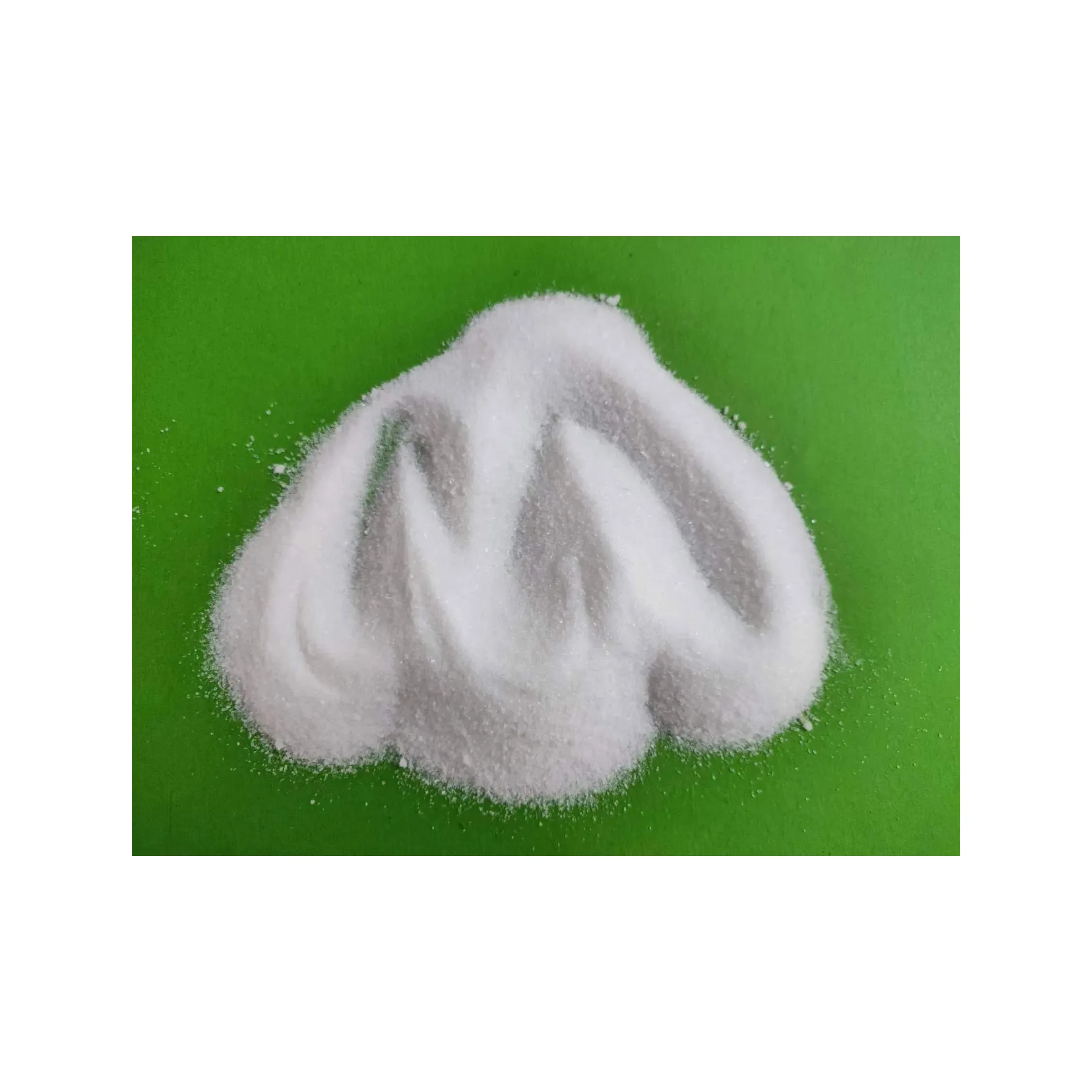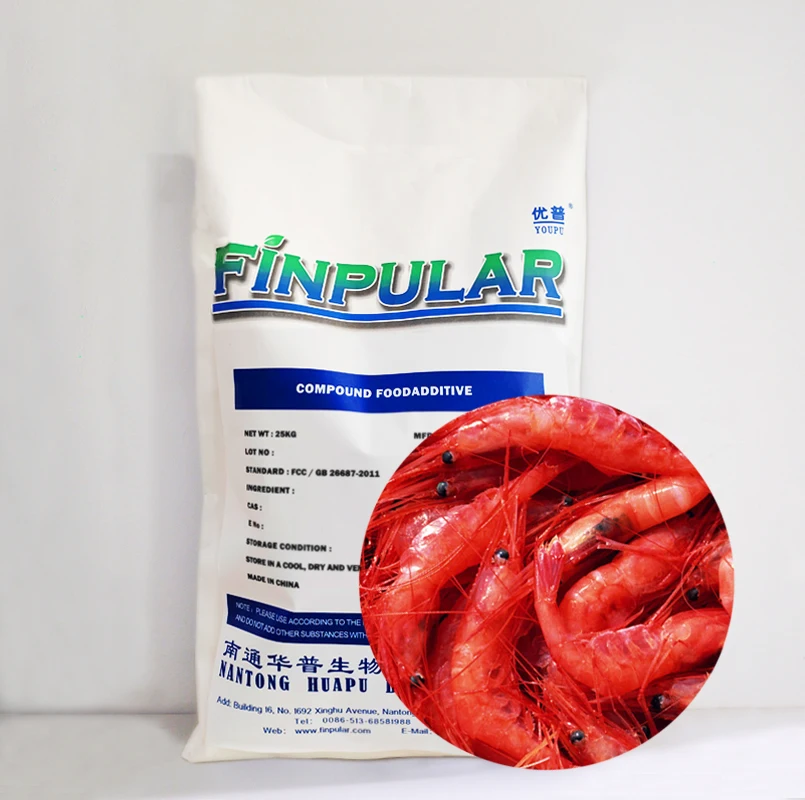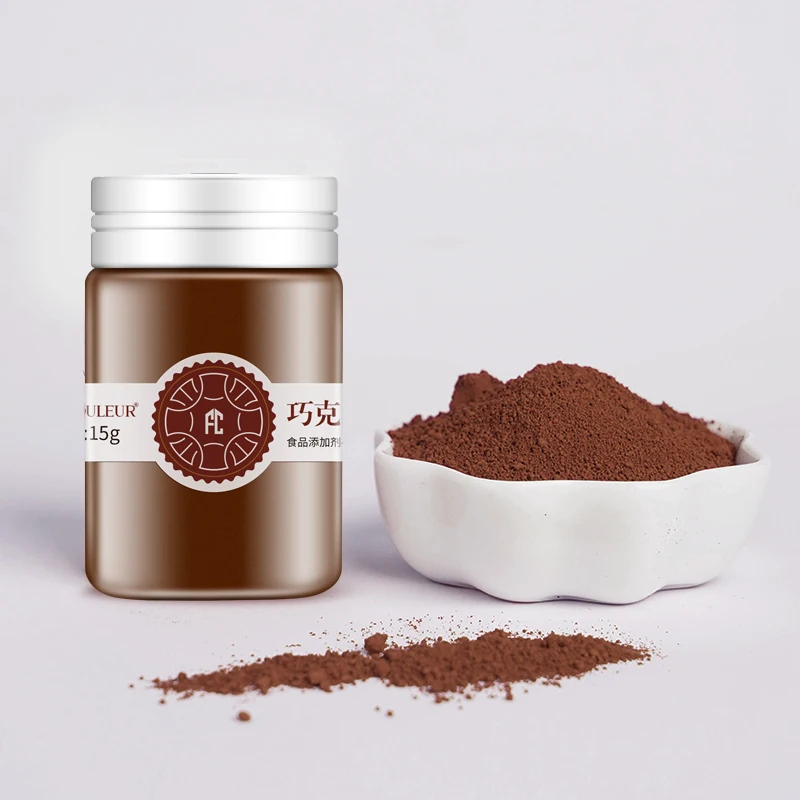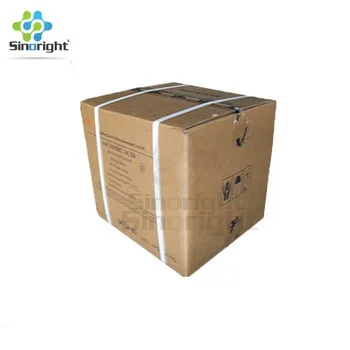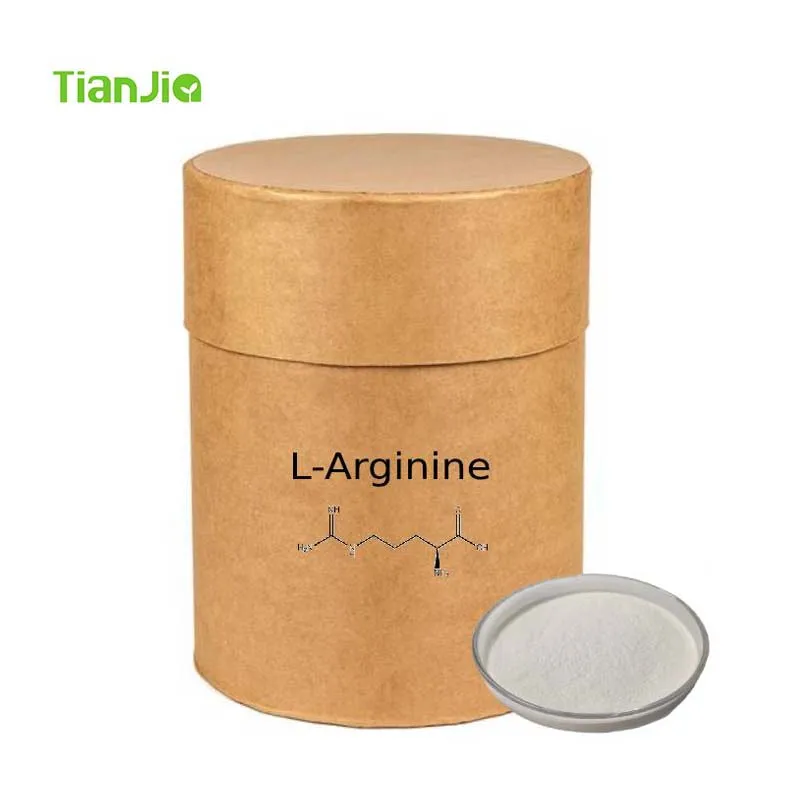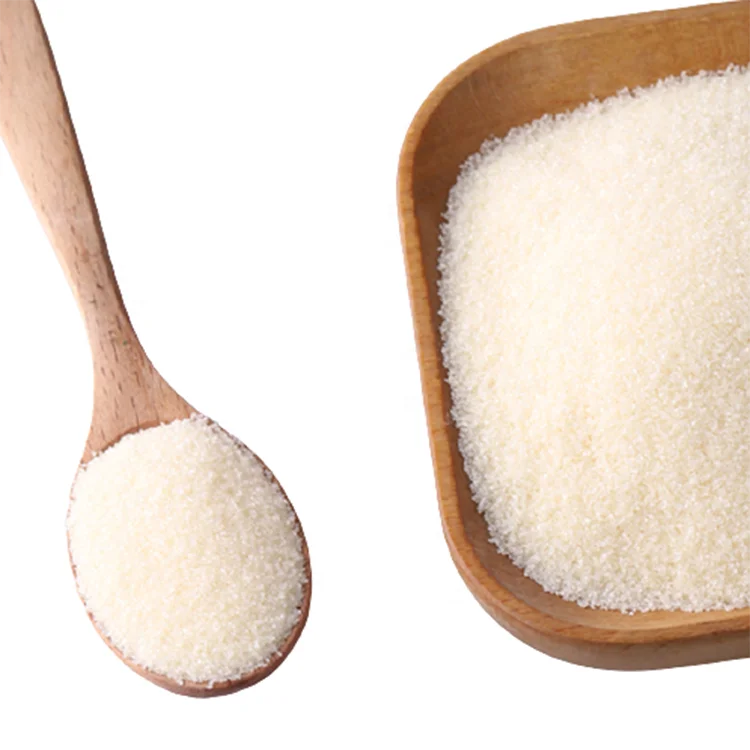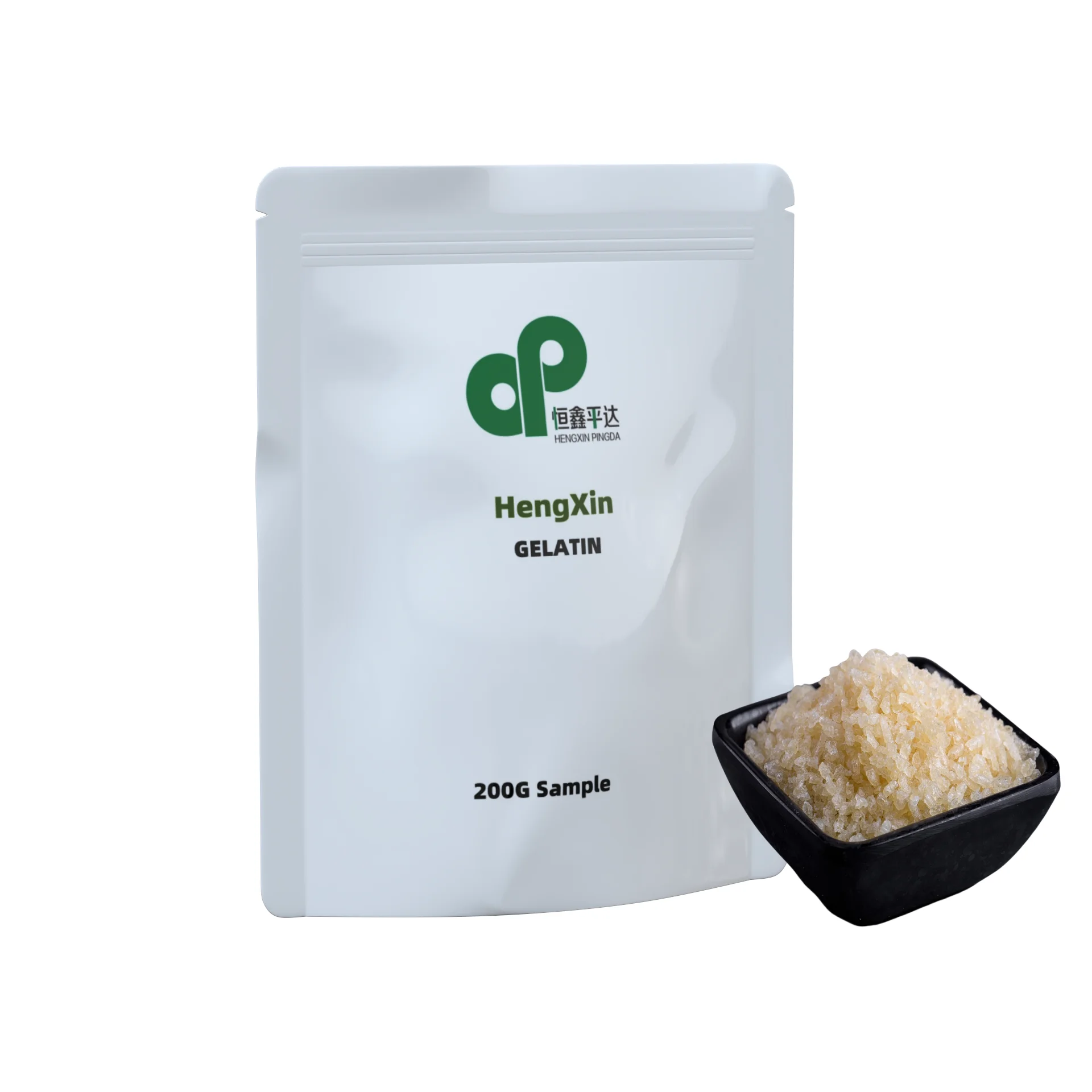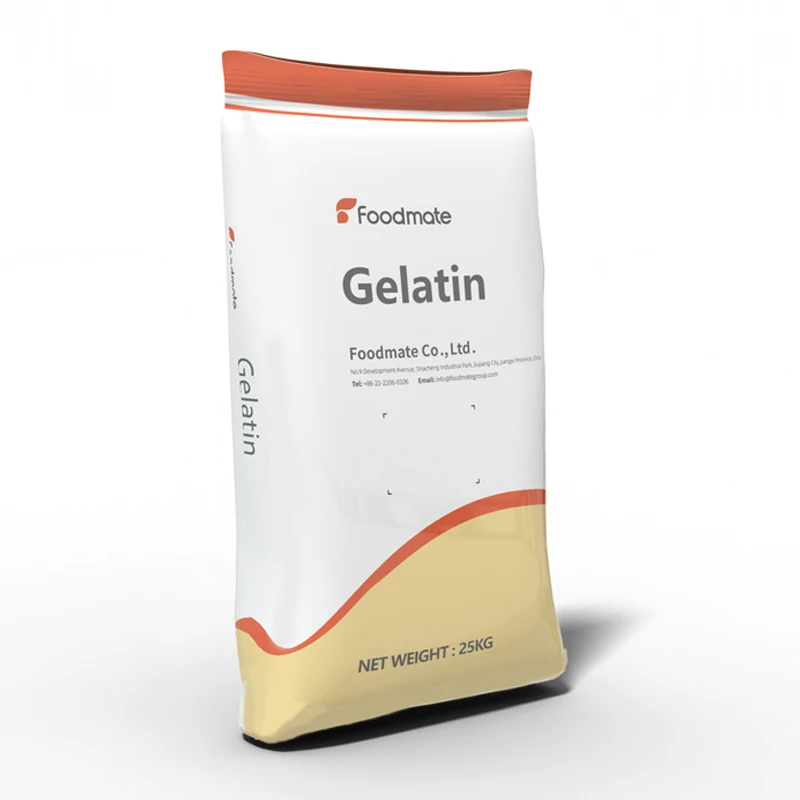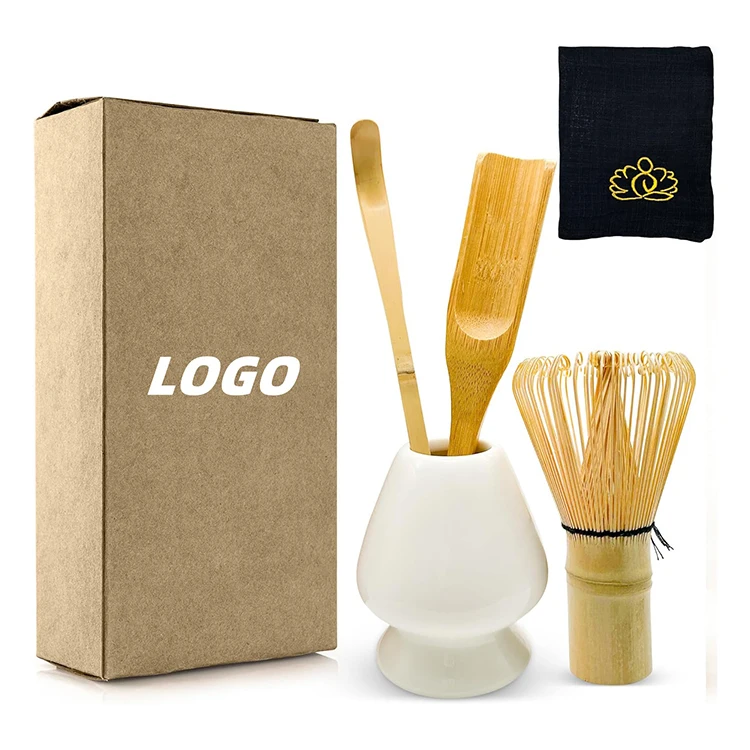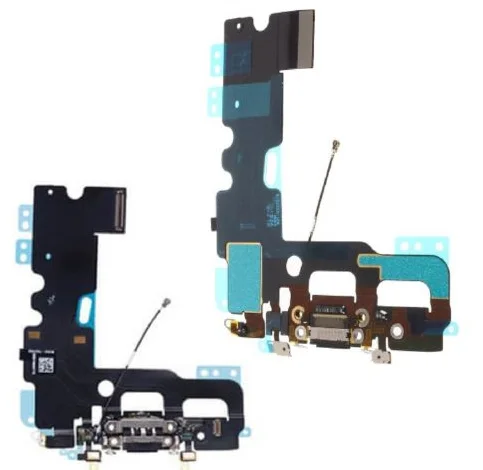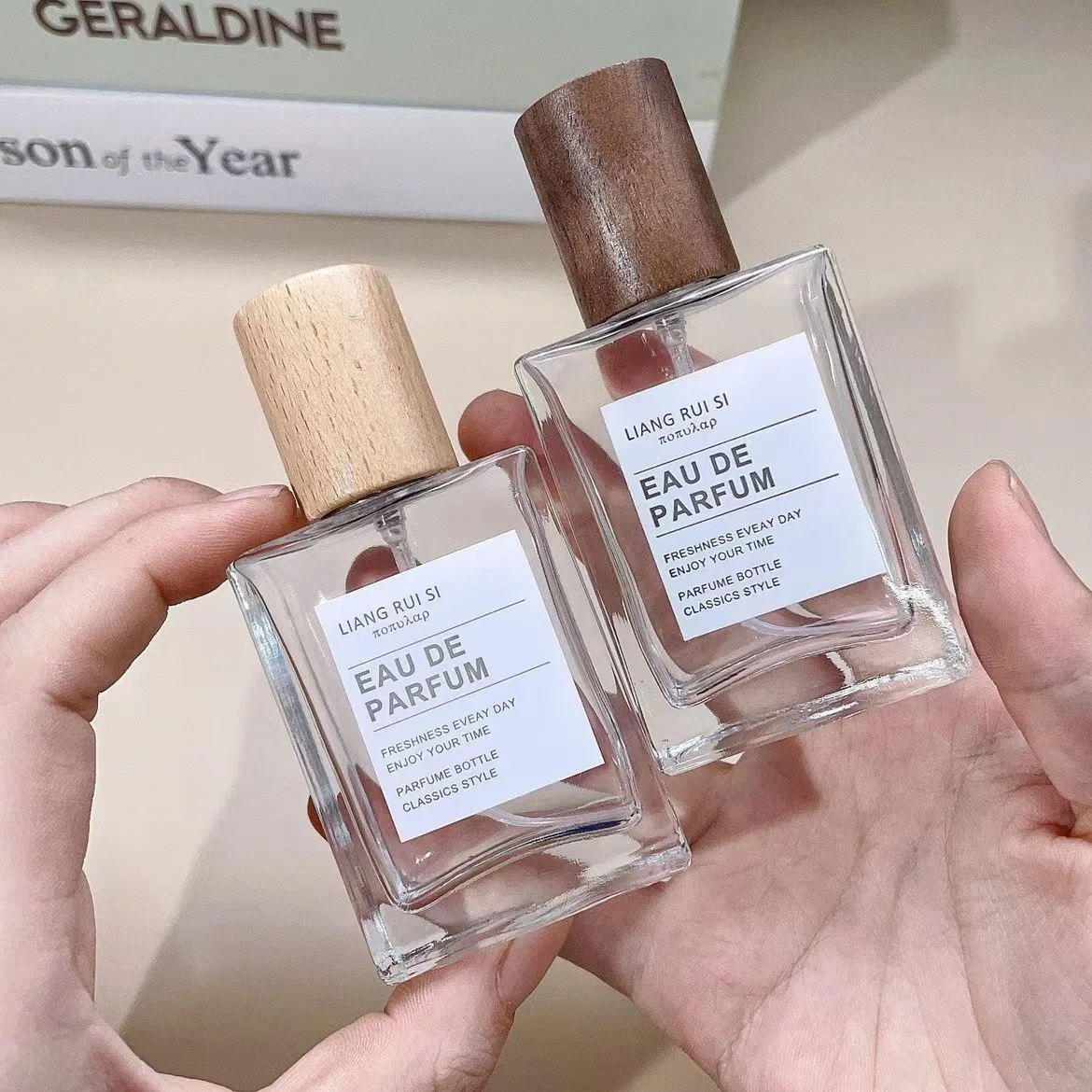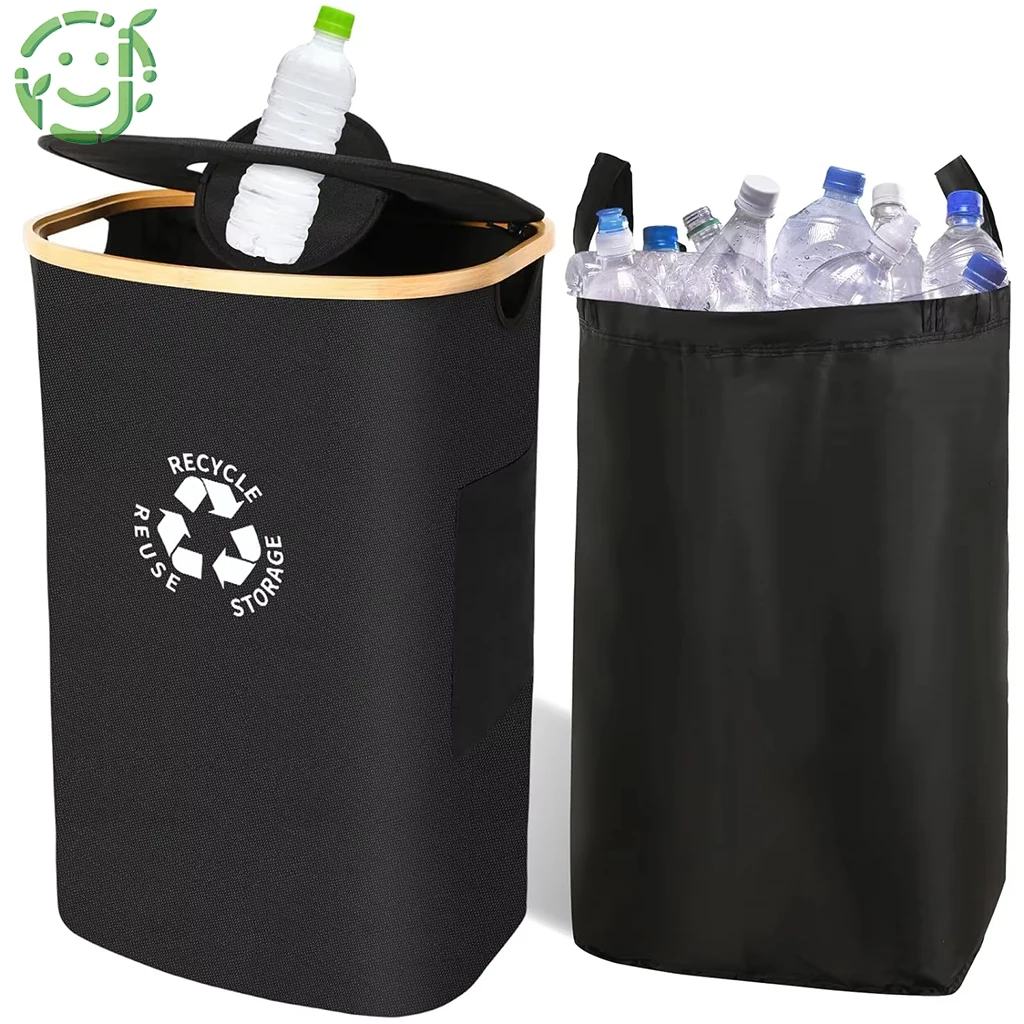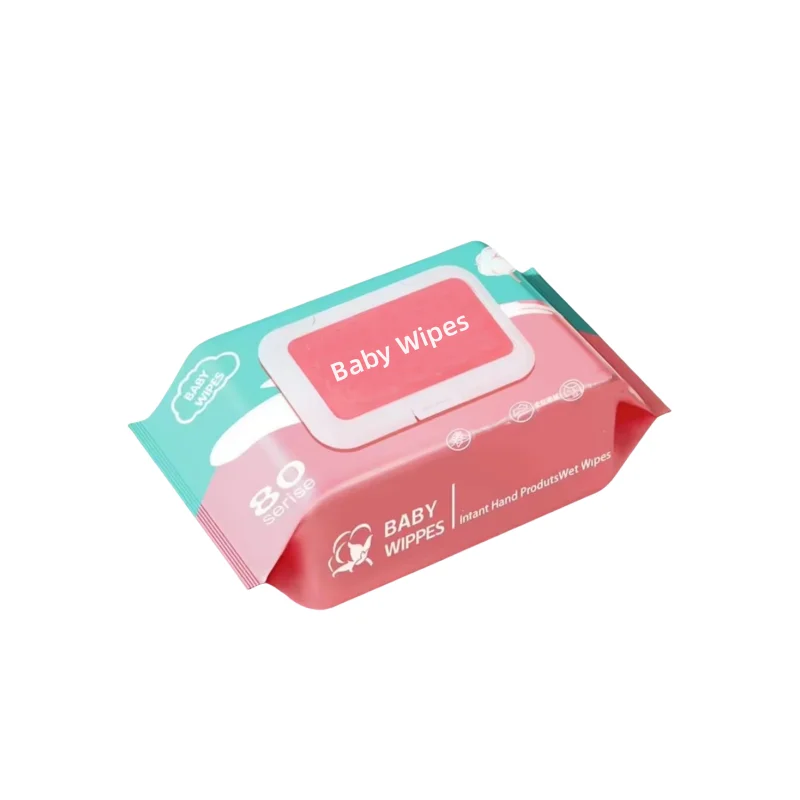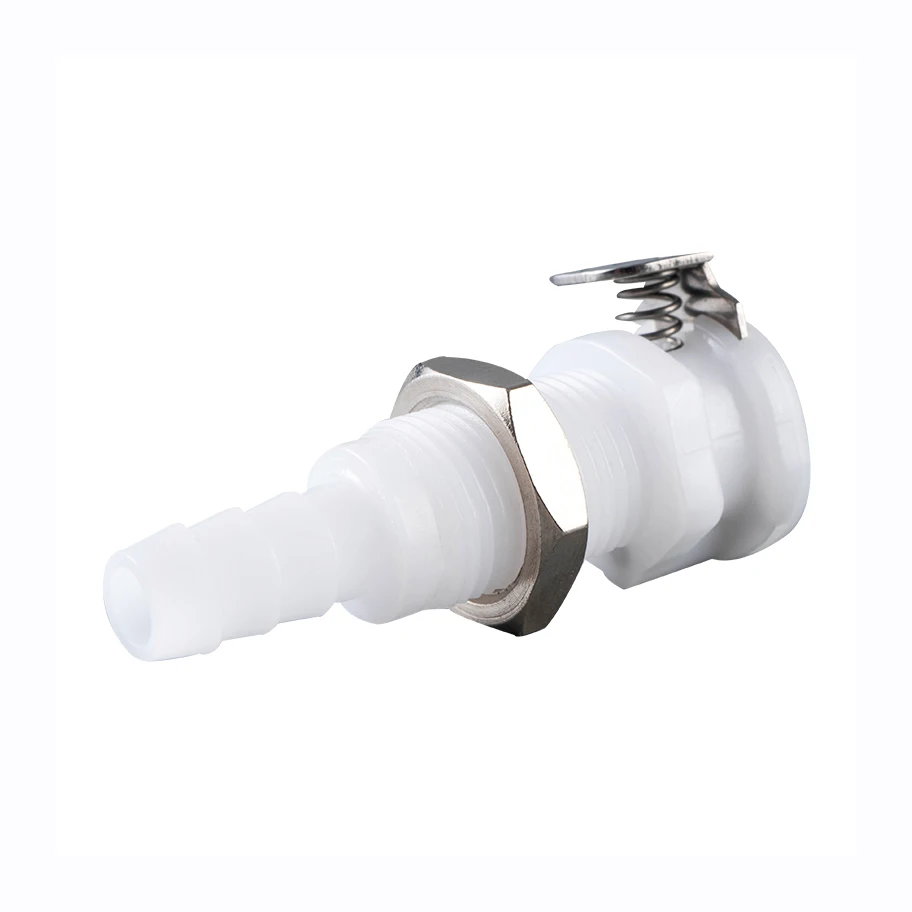ISO Factory Hyaluronic Acid Sodium Hyaluronate Powder CAS 9067 32 7 Food And Cosmetic Grade
- Category: >>>
- Supplier: Wuhan Healthdream Biological Technology Co. Ltd.Wuhan Ltd.
Share on (1601358643202):
Product Overview
Description


ISO Factory Hyaluronic Acid Sodium Hyaluronate Powder CAS 9067-32-7 Food And Cosmetic Grade


WUHAN HEALTHDRAEM
HYALURONIC ACID PPWDER
>>Sodium Hyaluronate also known as hyaluronic acid or hyaluronan, is a substance naturally found in your body, including the eyes, skin, joints.
>>Sodium hyaluronate is the sodium salt form of hyaluronic acid, and its unique structure endows it with excellent water retention,viscoelasticity, and biocompatibility.
>>It is widely in extracellular matrix of human tissues, such as the skin.
There Are Two Main Sources of Sodium Hyaluronate Powder:
1)The first one is extracted from animal tissues (such as cockscomb, bovine vitreous, etc.), which although traditional, is costly and has limited production;
2)The second method is produced through microbial fermentation, which has the advantages of low cost, high yield, and good purity, and is currently the mainstream production method.

Product name: | Sodium Hyaluronate Powder |
Synonyms: | Hyaluronic acid sodium salt; Chlamyhyaluronic acid sodium salt |
Molecular weight: | 0.8 -1.0 × 106 |
Mesh size: | 80.0 Mesh |
Assay of sodium hyaluronate: | NLT 92.0 % |
Glycuronic acid: | NLT 44.0 % |
Loss on drying: | NMT 10.0 % |
Residue on ignition: | NMT 20.0 % |
pH(0.1% solution): | 6.0 ~7.5 |
Heavy metals: | NMT 20.0 mg/kg |
Lead (Pb): | NMT 0.5 mg/kg |
Arsenic (AS): | NMT 2.0 mg/kg |
Cadmiun(Cd): | NMT 2.0 mg/kg |
Mercury(Hg): | NMT 0. 1 mg/kg |
Proteins: | NMT 0.1 % |
Transparency(0.1% solution): | NLT 98.5 % |
Total plate count: | NMT 1,000 CFU/G |
Yeast&Mold: | NMT 100.0 CFU/G |
Salmonella: | Negative |
E.coli: | Negative |
Staphylococcus aureus: | Negative |

Specifications | Molecular Weight | Bioactivity | Application Situation | ||
Large molecular weight hyaluronic acid | 10-80kDa | promote bone formation | used for medical purposes | ||
Medium molecular weight hyaluronic acid | 1000-2000kDa | great moisturizing properties | mostly used for cosmetics | ||
Small molecular weight hyaluronic acid | >2000kDa | great viscoelasticity | used for ophthalmology and osteoarthritis | ||



Hyaluronic acid powder molecule sizes are critical to whether topical applications can be absorbed into deeper skin layers.
Small molecules are shorter and can more easily penetrate the skin through the protective cell layers of the epidermal outer layer. Obviously, the larger sized injectable forms are used as mechanical fillers to fill in below wrinkles to “lift” the wrinkle trough and eradicate the wrinkle.

Q:How many types of Hyaluronic Acid are there?
A:Not all hyaluronic acids are created equal. There are different types of Hyaluronic Acid found in skincare products, each with varying molecular weights (MW). The lower the MW, the more the molecule is hydrolysed (i.e. fragmenting into smaller pieces) can penetrate further into the epidermis of the skin.
Q: What does Hyaluronic Acid do?
A:Hyaluronic Acid (HA) is a powerful humectant (i.e. a moisture magnet) able to hold over 1,000 times its weight in water. It is produced naturally in the body, but our natural Hyaluronic Acid levels begin to decline from the age of 20. By 40, we have lost over 25%.
Q:Can hyaluronic acid be used in food?
A:Hyaluronic acid has been reported to be absorbed and distributed to skin and joints after a single oral administration, which paves the way for Hyaluronic acid dietary supplements to be introduced and deliver on anti-aging and joint health promises.Hyaluronic acid can be added to ordinary foods, such as beverages, cookies, candy, ice cream, and so on.
A:Not all hyaluronic acids are created equal. There are different types of Hyaluronic Acid found in skincare products, each with varying molecular weights (MW). The lower the MW, the more the molecule is hydrolysed (i.e. fragmenting into smaller pieces) can penetrate further into the epidermis of the skin.
Q: What does Hyaluronic Acid do?
A:Hyaluronic Acid (HA) is a powerful humectant (i.e. a moisture magnet) able to hold over 1,000 times its weight in water. It is produced naturally in the body, but our natural Hyaluronic Acid levels begin to decline from the age of 20. By 40, we have lost over 25%.
Q:Can hyaluronic acid be used in food?
A:Hyaluronic acid has been reported to be absorbed and distributed to skin and joints after a single oral administration, which paves the way for Hyaluronic acid dietary supplements to be introduced and deliver on anti-aging and joint health promises.Hyaluronic acid can be added to ordinary foods, such as beverages, cookies, candy, ice cream, and so on.





We Recommend
New Arrivals
New products from manufacturers at wholesale prices
